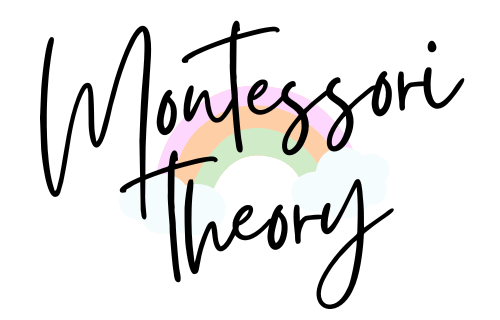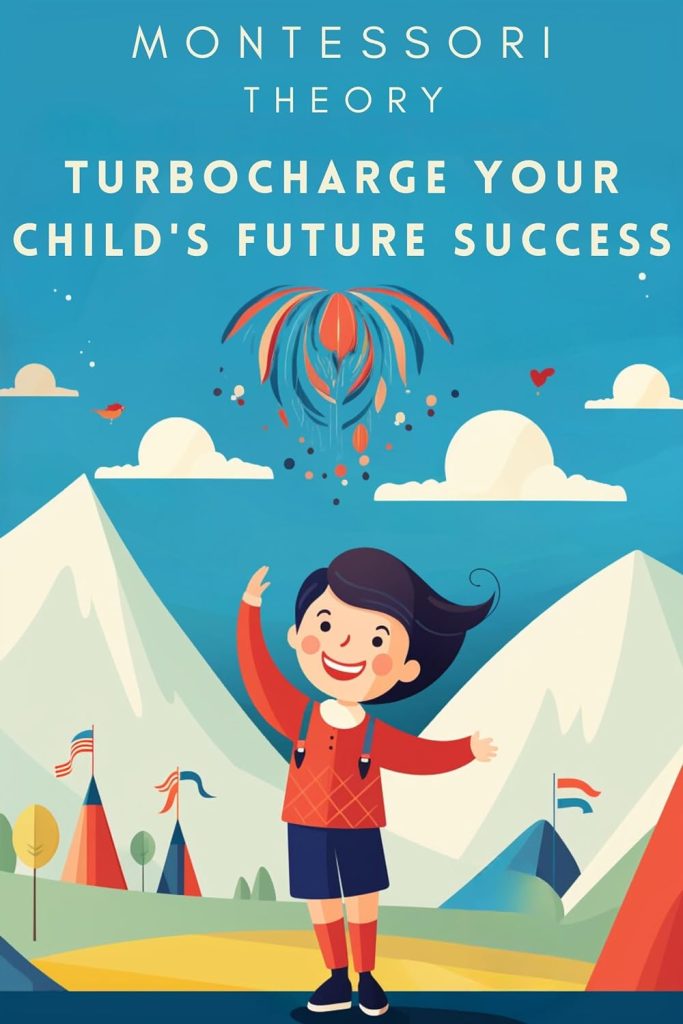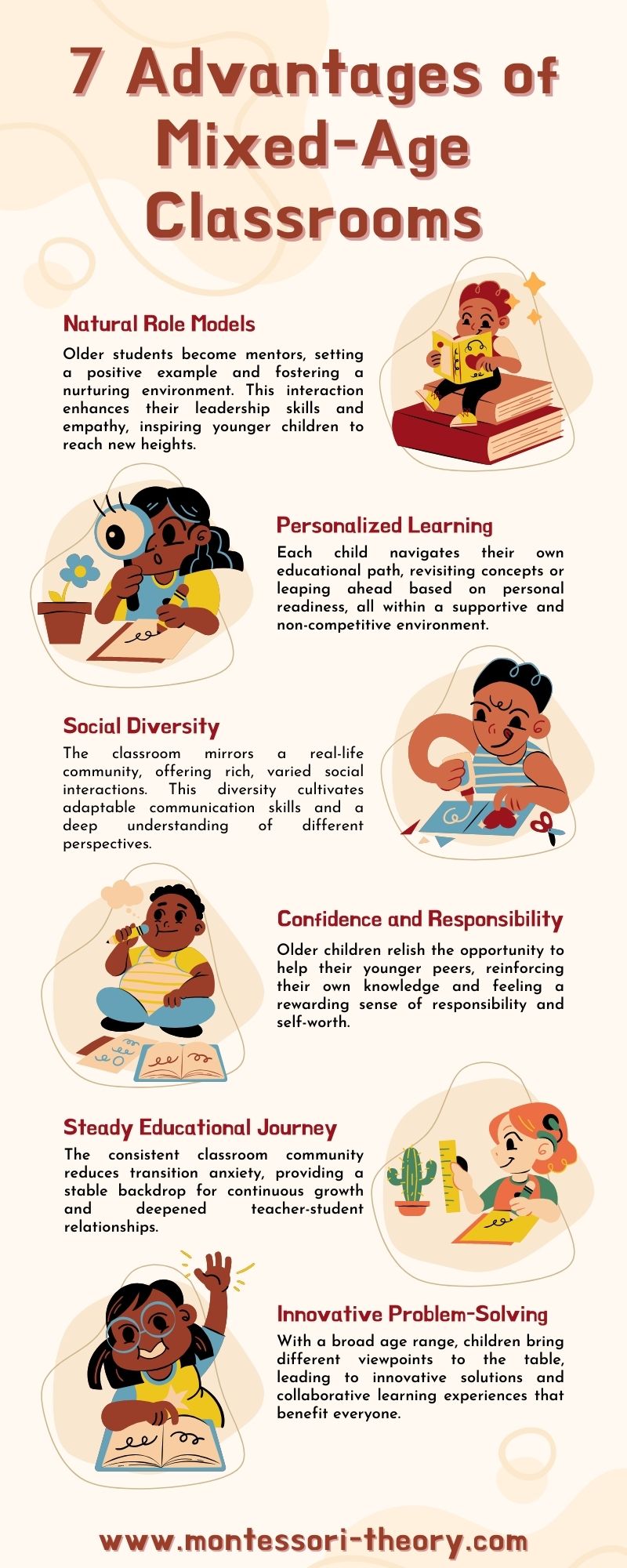Montessori education, with its distinctive approach to learning, brings to the fore the concept of mixed-age classrooms. This article embarks on a scientific journey to unravel the efficacy of this approach, comparing it with conventional age-segregated schooling models. Through a detailed analysis of various academic studies, it dissects the myriad benefits, including peer learning and leadership opportunities, as well as the challenges, offering a critical understanding of their impact on child development within the contemporary educational landscape.
Key Takeaways
- Montessori’s mixed-age classrooms enhance interpersonal skills, leadership qualities, and academic development.
- They facilitate peer learning, with younger children learning from older peers, accelerating cognitive and social growth.
- Older students in these classrooms often take on mentorship roles, reinforcing their own learning and developing leadership skills.
- This approach allows for individualized learning paces, benefiting children at different developmental stages.
- The success of mixed-age classrooms can be inconsistent, heavily dependent on the quality of teaching and the ability to balance diverse developmental needs.
Montessori Philosophy and Mixed-Age Education
The Montessori educational approach, founded by Maria Montessori, places significant emphasis on the social and educational advantages of mixed-age classrooms. This model, distinct from traditional age-segregated schooling, encourages an environment where children of various ages learn together.
Montessori believed that such diversity in age enriches the learning environment by bringing a variety of characters and experiences into the classroom, thereby fostering social development and peer learning. This approach is in harmony with various cognitive and developmental theories, which propose that children benefit from interacting with peers of different ages and capabilities.
Scientific Perspectives on Multi-Age Classrooms in Montessori Education
The Benefits of Mixed-Age Learning Environments
Mixed-age grouping has been shown to enhance interpersonal communication between children, develop teamwork and collaboration skills, and strengthen students’ leadership qualities, all while boosting academic development.
-
Peer Learning
Montessori classrooms, with their mixed-age structure, facilitate an environment conducive to peer learning. This setting allows younger children to learn from their older peers, accelerating their cognitive and social development. Younger students benefit from observing and emulating the more complex activities of older children, enhancing their learning experience. This is supported by studies such as Guo et al. (2014) and Mashburn et al. (2008), which highlight the positive impact of multi-age interactions on the vocabulary development of younger children.
-
Leadership Skills
In mixed-age classrooms, older children often assume roles of mentorship and leadership. This experience not only reinforces their own learning but also cultivates critical skills like leadership, empathy, and responsibility. The mixed-age setting enables older students to guide and influence their younger peers, fostering a sense of accountability and leadership.
-
Individualized Learning Pace
Mixed-age classrooms offer the flexibility of individualized learning paces. Older children have the opportunity to revisit and consolidate their knowledge, while younger children are exposed to advanced materials, stimulating their intellectual curiosity. This approach allows children to progress at their own pace, catering to their unique developmental needs.
-
Enhanced Language Development
Studies have shown that mixed-age classrooms contribute significantly to language skill development, especially in younger children. Guo et al. (2014) discovered that younger kindergarteners in multi-age classes exhibited greater vocabulary progress compared to those in single-age groups. This finding is supported by Mashburn et al. (2008), who noted similar advancements due to the influence of more linguistically advanced peers.
-
Improved Social Competencies
The social aspect of mixed-age classrooms also receives positive recognition. McClellan and Kinsey (1997) observed a noticeable increase in prosocial behaviors and a reduction in negative interactions among students in multi-age settings. This suggests that mixed-age classrooms have a lasting positive effect on children’s social development.
Challenges and Limitations of Multi-Age Classrooms
Although mixed-age classrooms in Montessori settings have shown various benefits, research also highlights certain limitations and challenges associated with this approach.
-
Inconsistent Academic Outcomes
One of the primary concerns with mixed-age classrooms is the inconsistency in academic results. Studies such as those conducted by Fosco, Schleser, & Andal (2004) and Barbetta et al. (2019) have revealed mixed results in terms of academic performance. While some younger students show improvements in specific areas like math and language, these benefits are not uniformly observed across all age groups, particularly in older students.
-
Reliance on Teaching Quality
The success of mixed-age classrooms is highly dependent on the quality of the teacher and the classroom environment. Purtell and Ansari (2018) highlight that the benefits of multi-age settings can be significantly moderated by these factors. This dependence suggests that without skilled educators able to adapt to the diverse needs of a mixed-age group, the potential benefits of this educational approach might not be fully realized.
Overcoming the Obstacles in Implementing Multi-Age Classrooms in Montessori Pedagogy
The implementation of mixed-age classrooms as part of the Montessori pedagogy, while beneficial in many aspects, also presents a number of significant challenges that need to be addressed to operate effectively.
1. Pedagogical Challenges
One of the main challenges is the pedagogical complexity of designing and implementing a curriculum that caters for a wide range of developmental stages and learning styles. Multi-age classes require educators to demonstrate a high degree of flexibility and adaptability. Designing a learning experience that is equally engaging and beneficial for all ages in the same classroom can be challenging. This complexity often requires a level of skill and creativity that not all educators are able to implement effectively.
2. Limited Comparative Studies
Another major challenge in assessing the effectiveness of multi-age classrooms is the paucity of in-depth comparative studies between mixed-age and single-age classrooms. Limited research in this area makes it difficult to draw definitive conclusions about the overall effectiveness of the Montessori approach in mixed-age classes.
Although existing studies offer interesting insights, their limited scope and variety necessitate cautious interpretation of their results. Consequently, conclusions on the advantages and disadvantages of mixed-age classes in Montessori education remain provisional, pending more comprehensive research.
3. Addressing Individual Student Needs
Finally, the effectiveness of mixed-age classrooms depends on the individual needs and characteristics of each student. The diversity of ages and stages of development within a single class means that what works well for one student may not be as effective for another.
This diversity requires educators to pay close attention to each child’s unique needs, and to be able to respond to them. Balancing these individual needs in a mixed-age context can be a complex and nuanced task, adding to the challenges faced by educators in Montessori classrooms.
Maximizing the Potential of Mixed-Age Classrooms
The success of mixed-age classrooms in a Montessori environment depends not only on acknowledging these challenges, but also on actively seeking and implementing solutions to overcome them. This includes investing in teacher training, adapting teaching materials, and fostering a collaborative teaching environment, among other forward-thinking strategies. By addressing these challenges with effective resources, the Montessori approach can fully harness the potential of multi-age classrooms, enriching the educational experience and supporting the child’s overall development.
Montessori Mixed-Aged Classrooms Infographic
SOURCES
Guo, Ying, et al. “Classroom age composition and vocabulary development among at-risk preschoolers.” Early Education and Development 25.7 (2014): 1016-1034.
Mashburn, Andrew J., et al. “Measures of classroom quality in prekindergarten and children’s development of academic, language, and social skills.” Child development 79.3 (2008): 732-749.
McClellan, Diane E., and Susan Kinsey. “Children’s Social Behavior in Relationship to Participation in Mixed-Age or Same-Age Classrooms.” (1997).
Fosco, Andrea M., Robert Schleser, and Jolynne Andal. “Multiage programming effects on cognitive developmental level and reading achievement in early elementary school children.” Reading Psychology 25.1 (2004): 1-17.
Barbetta, Gian Paolo, Giuseppe Sorrenti, and Gilberto Turati. “Multigrading and child achievement.” Journal of Human Resources 56.3 (2021): 940-968.
Purtell, Kelly M., and Arya Ansari. “Classroom age composition and preschoolers’ school readiness: The implications of classroom quality and teacher qualifications.” Aera Open 4.1 (2018): 2332858418758300.




